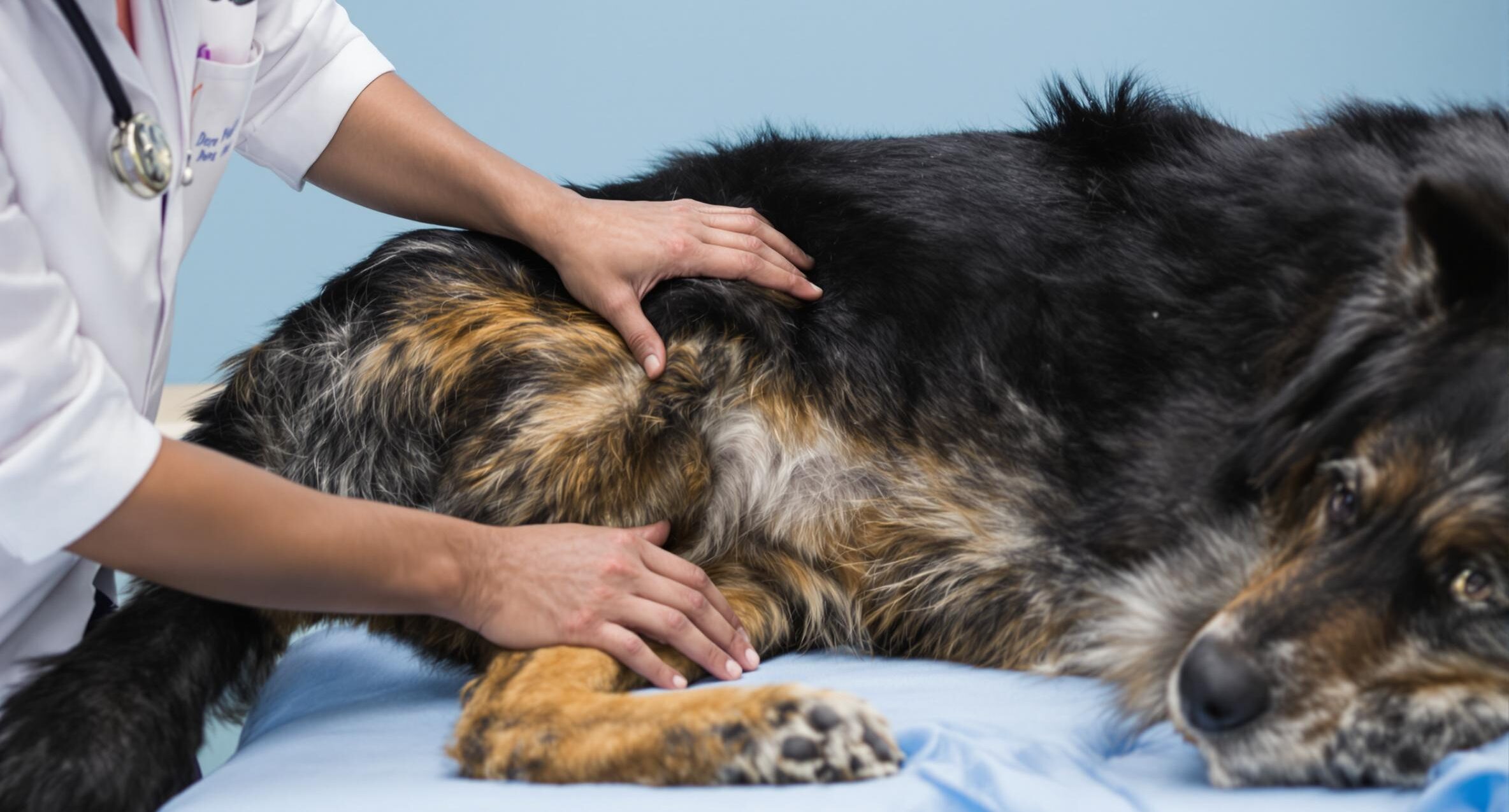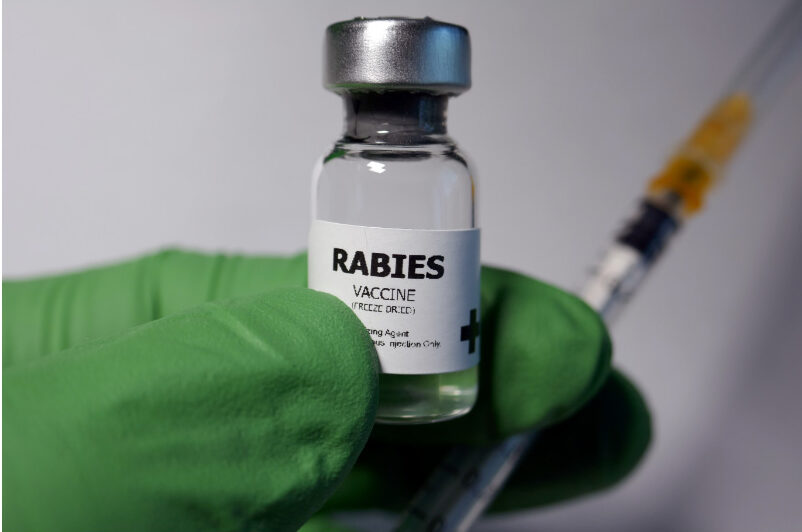What Pet Owners Need to Know About Amoxicillin for Dogs

Key takeaways:
- Veterinarians often prescribe amoxicillin to treat infections in dogs, such as respiratory, skin, and urinary tract issues.
- Dosage depends on your dog’s size, age, and health history.
- Track side effects like appetite loss, skin irritation, or fatigue.
When your dog is not acting like their usual self, it can be worrying. You might notice changes such as sleeping more, eating less, or dealing with a skin issue. Naturally, these shifts lead to questions and concerns.
If your vet recommends amoxicillin, it is helpful to know what it does, when it is needed, and how to use it safely. Amoxicillin is one of the most commonly prescribed antibiotics for dogs. However, it is not the right fit for every pet, which is why veterinary guidance is essential.
To support your understanding, PetHealthMD provides reliable, vet-reviewed content that can answer many of your questions. Still, nothing replaces the advice of your veterinarian when it comes to your individual dog’s needs.
In order to see how this medication works in the body, let’s begin with what amoxicillin actually does.
How Amoxicillin Helps Treat Your Dog’s Infection
Amoxicillin fights bacterial infections by interfering with how bacteria grow and spread. Here is how it works and why it is commonly used in veterinary care:
- Disrupts bacterial walls: It breaks down bacteria’s cell walls, stopping the infection from spreading.
- Acts quickly: It usually begins working within a couple of hours.
- Treats multiple types of infections: Often prescribed for issues in the lungs, bladder, or skin.
- Covers a broad range: As a broad-spectrum antibiotic, it targets many bacterial strains.
Because it travels through your dog’s bloodstream, amoxicillin can reach different areas where infections may be hiding. Still, it is not always the right fit. Your veterinarian will assess your dog’s condition, medical history, and test results to decide if it is appropriate.
When Your Dog Might Need Amoxicillin
If your dog has started scratching more than usual, breathing differently, or making frequent bathroom trips, it might be a sign of infection. Your vet may recommend amoxicillin to treat conditions such as:
- Skin wounds or infections
- Respiratory infections
- Urinary tract infections
To figure out what is going on, your vet may run blood work or a urine culture and ask about appetite, energy, and daily habits. These steps help determine whether amoxicillin is needed.
Contact your veterinarian right away if your dog shows:
- Trouble breathing
- A sudden refusal to eat
- A high fever
Also, never treat your dog with leftover medication or antibiotics made for humans. Once your vet confirms that amoxicillin is appropriate, the next step is ensuring your dog gets the correct dose.
Get the Right Dosage of Amoxicillin for Your Dog’s Size and Health
Dosing is not one-size-fits-all. Vets base the amount on your dog’s weight and condition to prevent underdosing or overdosing.
Young puppies need special care because their organs are still developing. A vet will choose the safest dose for proper treatment.
Most dogs take amoxicillin twice daily. Staying on schedule helps keep the medication working effectively.
Know What Side Effects to Watch For
Amoxicillin is generally safe but may cause side effects. Notify your veterinarian if anything seems unusual. Watch for:
- Digestive issues: Reduced appetite, vomiting, or diarrhea.
- Skin reactions: Itching, redness, or hives.
- Fatigue or breathing problems: These should be reported immediately.
- Changes in skin or ears: These may indicate a yeast imbalance.
Take notes on symptoms and timing. This information helps your vet adjust the treatment plan if needed.
What to Do If Amoxicillin Is Not a Good Fit for Your Dog
If your dog does not respond well to amoxicillin, your vet may suggest alternatives such as:
- Convenia: A long-acting injection lasting up to two weeks.
- Probiotics or immune support: Helps restore digestive balance.
- Supportive therapies: Acupuncture or massage may help alongside conventional treatment.
Explore related supportive products in the Dog Supplements category.
Store and Use Amoxicillin Safely at Home
Store medications securely and follow proper storage guidelines:
- Pills and capsules: Keep at room temperature away from heat and moisture.
- Liquid forms: Often require refrigeration.
- Original packaging: Prevents mix-ups and keeps instructions accessible.
Check the medication before each dose. If anything looks off, contact your veterinarian.
Properly dispose of unused or expired medicine by sealing it in a bag with used coffee grounds or cat litter before placing it in the trash.
Frequently Asked Questions About Amoxicillin
When will I see improvement?
Most dogs show improvement within 2 to 3 days. Complete the full prescription to prevent recurrence.
Can I give amoxicillin with food?
Yes. Serving it with meals may reduce stomach upset.
What if I forget a dose?
If the next dose is not soon, give it when you remember. Otherwise, skip the missed dose. Never double up.
Can I use human amoxicillin?
No. Human formulations may contain unsafe ingredients or incorrect strengths.
Can medications interact with amoxicillin?
Yes. Share a full list of your dog’s medications and supplements with your vet.
Work With Your Vet to Give Your Dog the Best Care
Treating your dog with amoxicillin should always be guided by your veterinarian. Stay observant and communicate any changes in behavior or appetite.
To support your dog’s recovery, you can explore additional tools and health products in the Dog Health & Wellness category on PetMeds.
With the right care and veterinary support, you can help your dog recover comfortably and safely.





